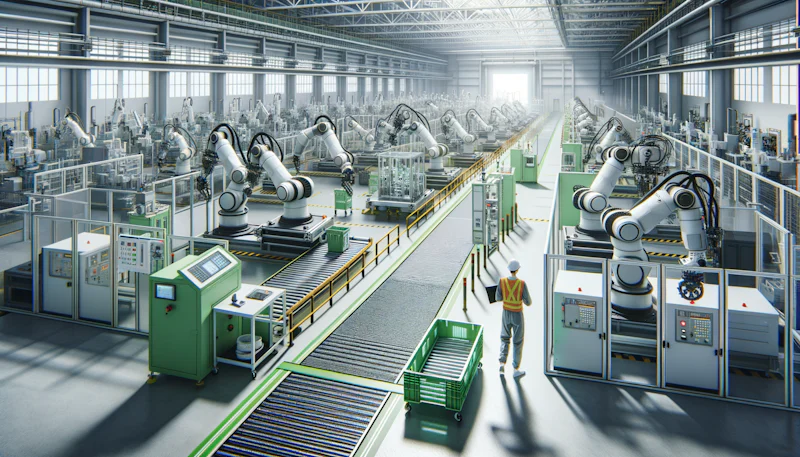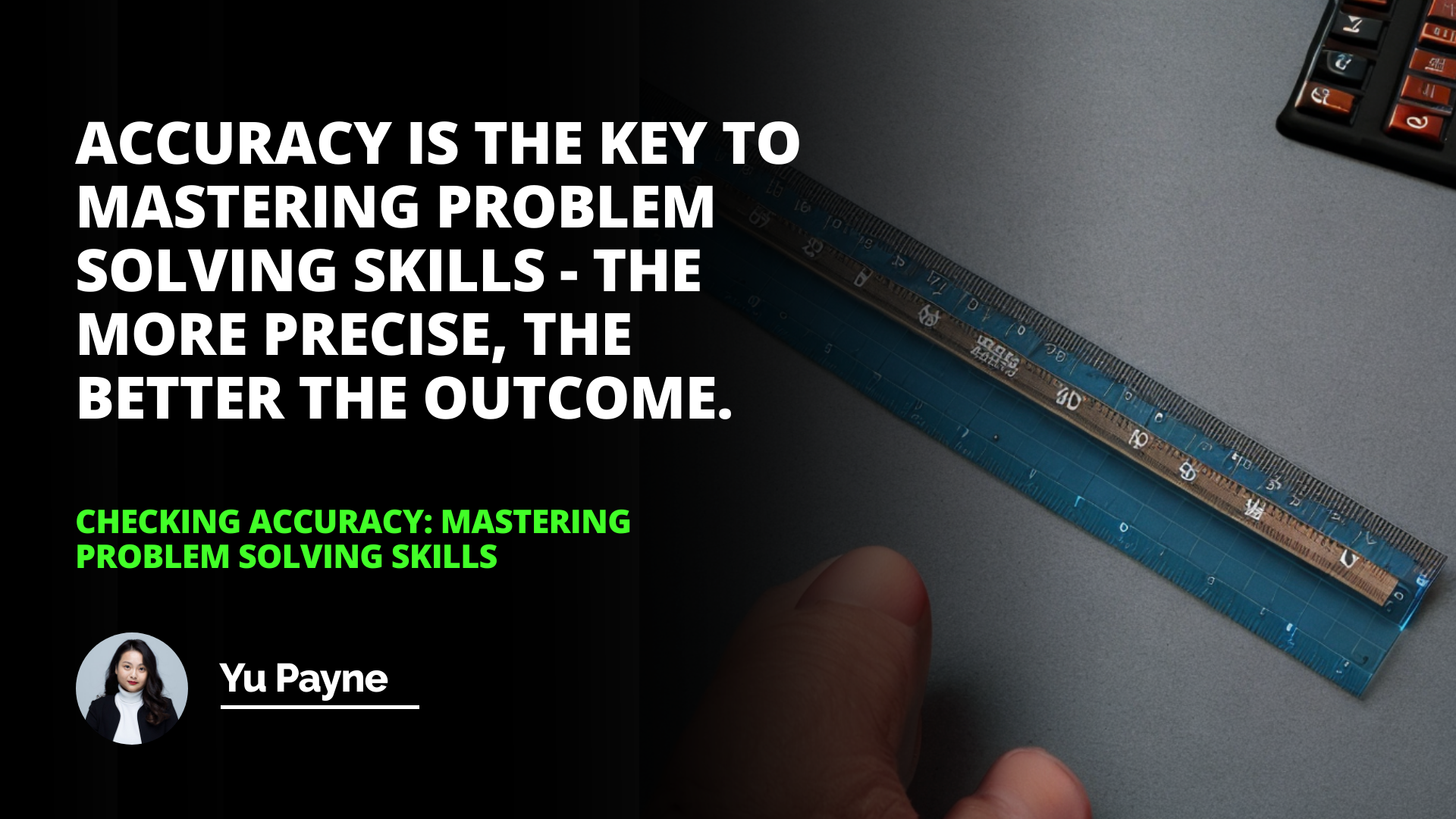In the fast-paced world of modern industry, efficiency and sustainability have become the watchwords for success. As companies strive to remain competitive while minimizing their environmental footprint, the principles of Lean Manufacturing have emerged as a guiding light. Born from the innovative minds at Toyota in the mid-20th century, Lean Manufacturing has revolutionized the way businesses approach production, focusing on eliminating waste, maximizing value, and continuously improving processes.
As someone who has spent years studying and implementing Lean principles in various industries, I can attest to the transformative power of this methodology. From streamlining workflows to boosting employee morale, the benefits of Lean are far-reaching and undeniable. In this comprehensive guide, we will dive deep into the world of Lean Manufacturing, exploring its core tenets, practical applications, and real-world success stories.
Whether you're a seasoned industry professional or a curious newcomer, this article will provide you with the knowledge and tools necessary to embark on your own Lean journey. So, let's roll up our sleeves and discover how Lean Manufacturing can help you build a more efficient, sustainable, and profitable future.
The Foundations of Lean
At its core, Lean Manufacturing is about one thing: creating value for the customer. Every aspect of the production process is scrutinized through this lens, with the goal of eliminating any step that does not directly contribute to the end product. This customer-centric approach is the bedrock upon which all other Lean principles are built.
Value Stream Mapping
One of the most powerful tools in the Lean arsenal is Value Stream Mapping. This visual technique allows companies to create a detailed map of their entire production process, from raw materials to finished goods. By laying out every step in the process, inefficiencies and bottlenecks become glaringly apparent, providing a roadmap for improvement.
I remember my first experience with Value Stream Mapping at a small electronics manufacturer. As we mapped out the production line, we discovered that certain components were being transported back and forth across the factory floor multiple times, adding no value and wasting precious time. By rearranging the layout and implementing a more logical flow, we were able to cut lead times by nearly 25%.
The 5S System
Another foundational Lean tool is the 5S System, which focuses on creating a clean, organized, and efficient workplace. The five S's stand for:
Sort: Remove all unnecessary items from the work area
Set in Order: Arrange tools and materials for maximum efficiency
Shine: Keep the work area clean and tidy
Standardize: Create consistent procedures for each task
Sustain: Maintain the improvements over time
By implementing 5S, companies can reduce clutter, minimize search times, and create a safer, more pleasant work environment. I've seen firsthand how a well-organized workspace can boost morale and productivity, with employees taking pride in their surroundings and feeling more invested in their work.
The Pursuit of Perfection
One of the most compelling aspects of Lean Manufacturing is its emphasis on continuous improvement. Rather than settling for "good enough," Lean practitioners are always striving for perfection, constantly seeking out ways to streamline processes and eliminate waste.
This mindset is exemplified by the Japanese concept of kaizen, which translates to "change for the better." Kaizen encourages every employee, from the shop floor to the boardroom, to suggest ideas for improvement, no matter how small. By fostering a culture of innovation and empowerment, companies can tap into the collective wisdom of their workforce and drive continuous progress.
Real-World Success Stories
The proof of Lean's effectiveness lies in the countless success stories from companies around the globe. Toyota, of course, remains the gold standard, with its Toyota Production System serving as the template for Lean Manufacturing. But other industry giants, such as Intel, Nike, and Caterpillar, have also reaped the benefits of Lean, seeing significant improvements in productivity, quality, and customer satisfaction.
One particularly inspiring example comes from a small furniture manufacturer I worked with a few years ago. By embracing Lean principles and empowering their employees to drive continuous improvement, they were able to reduce their inventory by 50%, cut lead times by 30%, and increase on-time deliveries to 98%. These improvements not only boosted their bottom line but also helped them gain a reputation for excellence in their industry.
Implementing Lean in Your Organization
If you're ready to embark on your own Lean journey, the first step is to assess your current state. This involves mapping out your value stream, identifying sources of waste, and setting clear goals for improvement. It's important to engage employees from all levels of the organization in this process, as their insights and buy-in will be critical to success.
Once you have a clear picture of where you are and where you want to be, it's time to start implementing Lean tools and techniques. This may include setting up kanban systems for inventory management, creating standard work instructions for key processes, or launching kaizen events to drive rapid improvement.
It's important to remember that Lean is not a one-time event but a continuous journey. As you make progress, new opportunities for improvement will emerge, and new challenges will arise. The key is to stay committed to the process, celebrate successes along the way, and never stop striving for perfection.
The Future of Lean
As we move into the era of Industry 4.0, the principles of Lean Manufacturing are more relevant than ever. With the rise of automation, artificial intelligence, and the Internet of Things, companies have access to vast amounts of data and powerful new tools for optimizing their processes.
However, technology alone is not enough. To truly succeed in this new landscape, organizations must continue to embrace the human element of Lean, fostering a culture of innovation, collaboration, and continuous improvement. By combining the best of both worlds – the efficiency of technology and the creativity of people – companies can unlock new levels of performance and sustainability.
Conclusion
Lean Manufacturing is not just a set of tools and techniques but a way of thinking that can transform the way companies operate. By focusing on value, eliminating waste, and pursuing perfection, organizations can create a more efficient, sustainable, and profitable future.
As someone who has seen the power of Lean firsthand, I encourage you to take the first step on your own journey. Whether you're a small startup or a global enterprise, the principles of Lean can help you achieve your goals and make a positive impact on the world.
So, let's roll up our sleeves, embrace the challenge, and start building a leaner, greener, and more prosperous future together.





